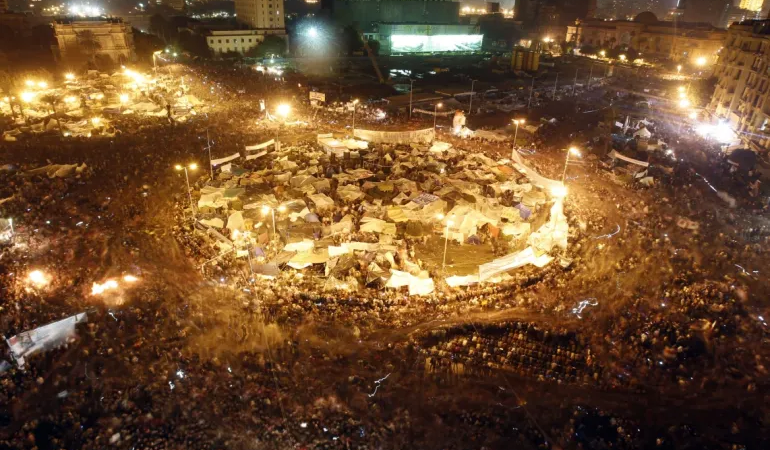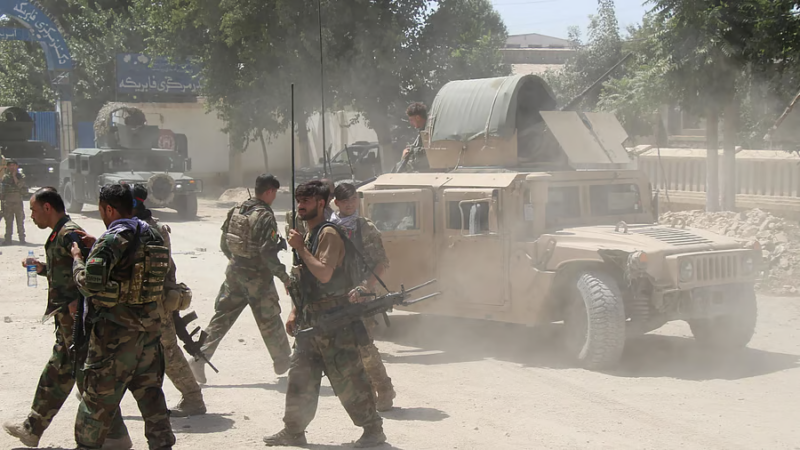## [Arab World] Islamist militias and galvanization of conflicts ##
![## [Arab World] Islamist militias and galvanization of conflicts ##](https://alarabiyapost.com/wp-content/uploads/2020/07/556c1cc31cacd.jpg)
Advertisement
The statement of US National Security Advisor under President Jimmy Carter, Zbigniew Brzezinski, regarding providing arms and training to Afghan Mujahedeen to drive out Soviets from Afghanistan evoked severe criticism in security, academic and media circles in the US.
When Mr. Brzeziniski was asked by the media that after these Mujahedeen had completed their job, what would they do and where would they go, he simply answered that they would go to their homes. But that did not prove correct. Afghanistan proved to be a fort and a strong base in launching a global Jihad in order to fly the flag of Islam high. In fact, Brzezinski’s assessments had proved poor whether it was Vietnam or Afghanistan.
Afghanistan was struggling for abolition of monarchy and restoration of Democracy as well as championing ethnicity and Islam for time immemorial. Today, when it has become a hub of Islamist militias, it is important to make an estimation of various developments which took place overtime in that country and their consequent impact on the region.
Afghanistan is a diverse country ethnically, linguistically and is full of tribal diversity. After the expulsion of Soviets, a new category of ‘Arab Afghans’ were added to this diversity. These Mujahids had come from Arab countries to join Afghan Jihad in the 70s. Many more are still arriving without being noticed.
Moreover, they have a convenient escape route to Peshawar in Pakistan. It is interesting to note that the contest between ethnicity and religion, i.e. Islam in Afghanistan sharpened for more than a century. This contest for assertion continues even now. However, modern concerns like education, particularly women’s education, democracy and human rights are the new challenges which have to be faced by this country. Ironically, these are also sources of conflict and periodically figure in dialogues with Taliban.
Pashtun population which is 38% of Afghanistan’s population, was divided between the latter and India (the area later fell in Pakistan) in 1893, when Durand Line was drawn to settle the boundary between Afghanistan and British India.
In 1947, with the partition of India on the basis of religion, a large number of Pashtuns were left in Pakistan. These Pashtuns raised the demand of uniting them with the Pashtuns of Afghanistan leading to a Greater Pashtunistan. The Afghan president Mohammad Daoud supported the demand and even Soviet Union supported it.
In the late 70s, new developments took place in Afghanistan. Politically, Islamists assumed a formal position. It was during the presidency of Mohammad Daoud that Afghanistan was divided into two camps of Islamist Opposition and Peoples’ Democratic Party of Afghanistan which was later divided into two factions of Khalaq and Parcham.
1970 onwards, South Asia faced confrontations in which ethno-Nationalism and Islam were at loggerheads with each other. In 1971, Pakistan, which had been created in the name of Islam, had to face the challenge of Bangla (Bengali) ethno-linguistic nationalism. This Bangla speaking section of Pakistan population which lived in East Pakistan ultimately drifted away and emerged as Bangladesh.
In this conflict, India was also drawn in, which resulted in India-Pakistan war. The US had announced that it would defend East Pakistan and send its ninth fleet which, however, never arrived.
The theatre of war was heating up in Afghanistan with some new dimensions. First, preparing the militia, mostly Afghans; and second, to restore the supremacy of Islam. In 1978, Afghan army in a coup seized power and executed Hafizullah Amin for refusing to abdicate power. It was a prelude to a larger and murky game.
In 1979, Soviet Army attacked Afghanistan. The Islamist resistance group or groups were gradually building up. Pakistan Prime Minister, Zulfikar Ali Bhutto was supporting the Islamist movement which was building up in Afghanistan against Soviets. He had not forgotten Mohammad Daoud’s support to Pashtunistan movement; hence his support for Islamic movement was in sync with his ideology.
Before Soviet invasion of Afghanistan in 1979, Afghan Islamists organized rebellion failed twice. In 1974, Islamists plotted a coup against Mohammad Daoud but failed and their leaders took refuge in Pakistan. Later, in Panjshir, an uprising was attempted in 1975 which again failed and participants were provided refuge in Pakistan.
In 1979, with the arrival of Soviet Red Army in Afghanistan, the prominent world powers paid serious attention to formulate a proper and effective strategy to deal with the situation and drive out Soviets from Afghanistan. The two components which were crucial to the strategy included collecting the finances to raise the force, and to train the recruits in warfare technology.
The training of recruits in warfare was crucial because it not only provide military training but brainwashing and providing inputs regarding extremist and fundamentalist Islamism. This second crucial task was assigned to Pakistan and most probably to their intelligence agencies. The financial part was handled by the US, China, Saudi Arabia, other Islamic Countries, and even Europe.
Advertisement






